How to Make Bento Boxes
A Japanese tradition and a matter of competition, learning how to make bento boxes can turn an average lunch into a work of art.
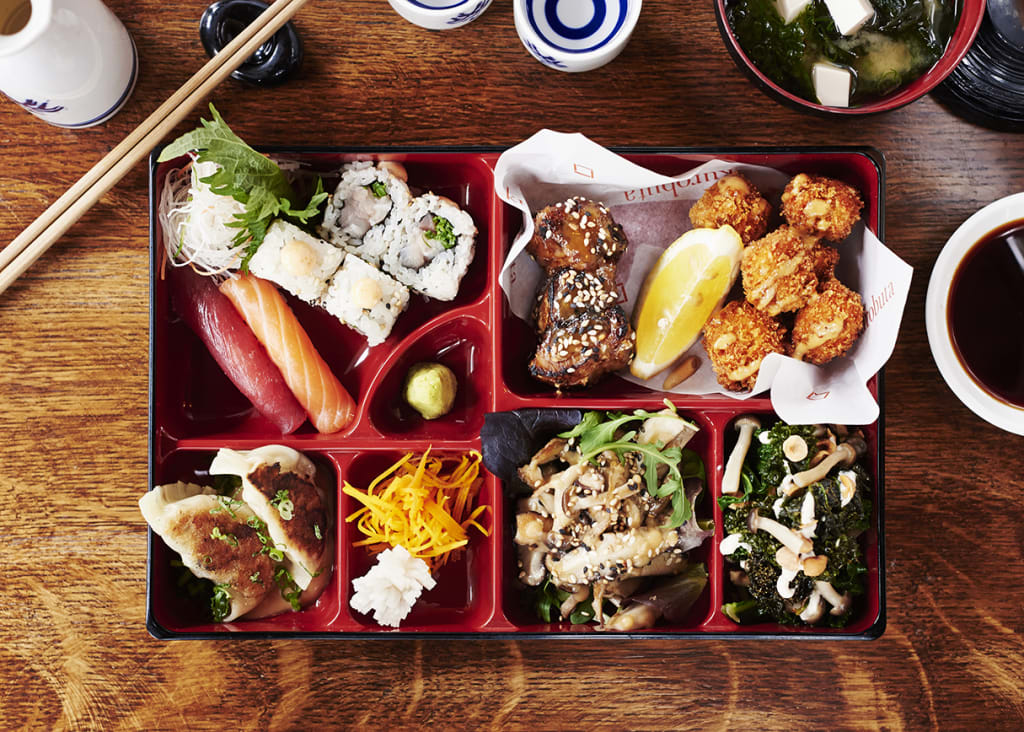
In Japan, having lunch prepared for school is never just a sandwich and a bag of chips. It's a work of art called a bento box, and among parents, it's considered to be shameful to not have a bento box that looks mediocre. Among Japanese mothers, bento box preparation is a matter of ensuring that their children don't get teased - and a matter of competition.
Because of how beautifully put together bento boxes are, they've become internationally famous. Here's how you can put together your own mouthwatering Japanese meal, packed just like they do it in Shibuya.
If you want to create a fully authentic school-style bento box, then you're definitely going to need actual bento supplies. A typical bento box will have one, two, or three chambers so that you can safely place in different foods without too much mixing. To keep things kawaii, we strongly suggest a bento box that has a favorite anime character or a cute color theme to it.
Historically speaking, most bento boxes were made out of wood or bamboo, but nowadays, materials vary from regular plastic to metal to more elegant wooden ones. Most school packs will have metal or plastic bento boxes, and will have plastic cutlery (chopsticks) accompanying them.
If you want a very elegant bento box, you might also want some silicone cups. They make them in bright colors and fun shapes, so don't be afraid to splurge on a bunch. They are reusable, you know!
Got that stuff? Good!
Plan out your bento's ratio, if you're going traditional.

In Japan, most moms will have a certain ratio that they keep in a bento in order to ensure that their children keep a balanced diet. A traditional bento would include...
- Four parts rice or an "entree carb" like a sandwich.
- Two parts protein.
- One to two parts other foods like fruits and veggies.
If you're looking to stay traditional, then this is a great ratio to stick to. However, no one's going to judge you if you skew things in one way or another.
A good place to start if you want a traditional bento would be to try making some onigiri.
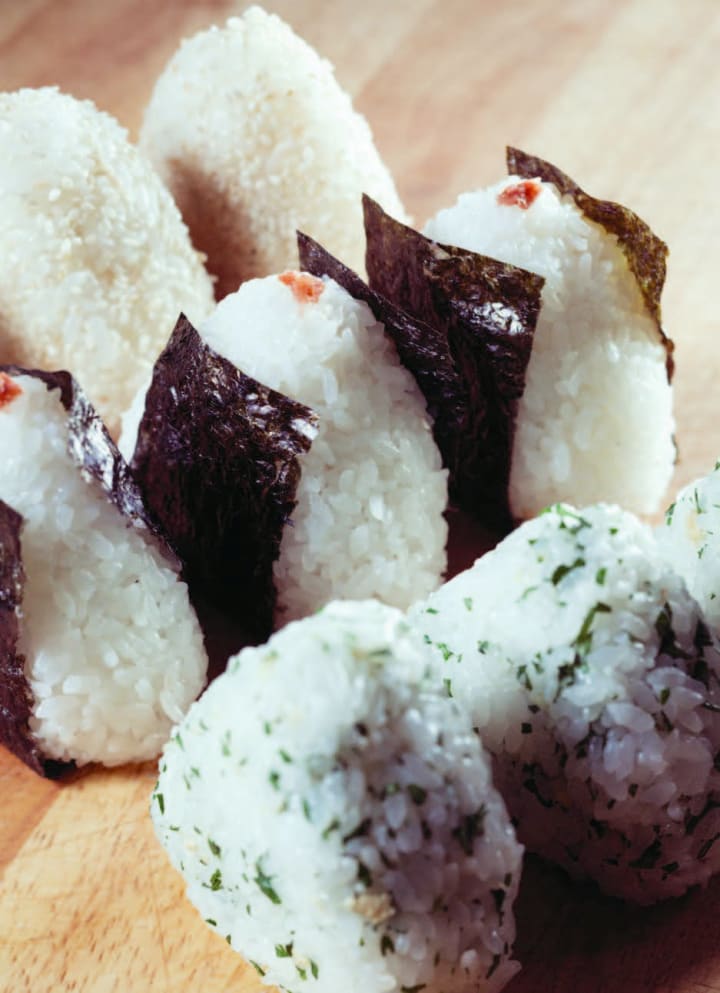
If you want to go all out or if you want to go for a more authentic Japanese bento, you may want to invest in a rice ball shaper. These allow you to press rice into pretty little shapes and add stuffing inside your rice balls. However, stuffing isn't always necessary.
When these rice balls are wrapped up in nori seaweed, they're called onigiri and are a major staple in traditional Japanese lunches. Basic recipes are pretty easy to come by online.
Many moms in Japan who want to give their children a themed lunch might add some food coloring to their onigiri and use special rice ball shapers to mold the rice into favorite anime characters, cute animals, or flowers.
Most bentos that feature a couple of onigiri will have them set upon a small bed of salad in the main compartment, often with some nicely sliced veggies as an added garnish.
Of course, many bentos also just feature a large bed of rice with vegetable or sushi toppings.

This is known in Japan as donburi, and they're also commonly served in bowls. If you can get sushi-grade salmon or tuna, this can be an amazing way to put together a great adult-style bento. Other good sushi-focused donburi toppings include teriyaki cooked scallions, raw tuna, faux crab, caviar, and similar goodies.
Other donburi creations you can put into a bento can include recipes like pork over rice, chicken and egg over rice, as well as stirfry atop rice. However, these aren't as kawaii, are they?
Add a Western spin by adding a sandwich as your main dish!
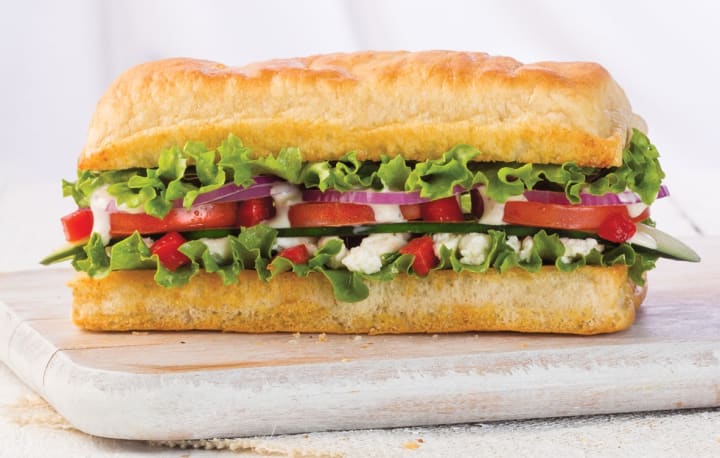
The funny thing about bread is that it's really, really easy to cut into a wide variety of shapes. Sandwiches made out of good ol' fashioned bread are almost as popular in Japan as they are in the USA, and that means that there's quite a few school lunches being made right now that involve cute sandwiches, too.
Easy sandwich shapes to try out include cat faces, tiny "finger sandwich" squares, and heart shapes. If you want to go the extra mile, using garnishes like fruits, veggies, and sesame seeds to create cute designs. As Martha Stewart showed us, you can even use cutouts to create faces in your sandwich if you're low on supplies!
Adding in protein is easy as pie - but you can always upgrade their looks, too.
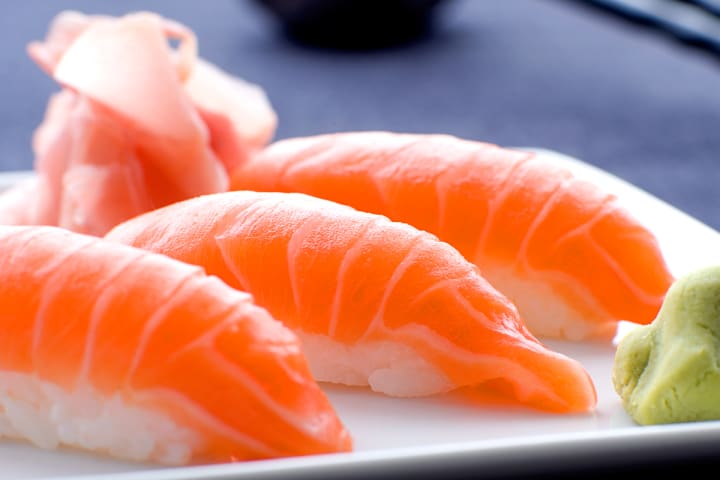
A lot of bento boxes are really simple when it comes to their protein. Sushi-grade raw salmon, tuna, and whitefish are very common, as are crab sticks. These work well with rice bowls, donburi-style.
However, if you're going for a classic school bento, hardboiling an egg and cutting it into cute shapes is a better idea. Another common bento treat involving protein would be tako hotdogs - also known as hot dogs that are cut into little squid-like shapes.
Many bento desserts are simply chopped up fruit.
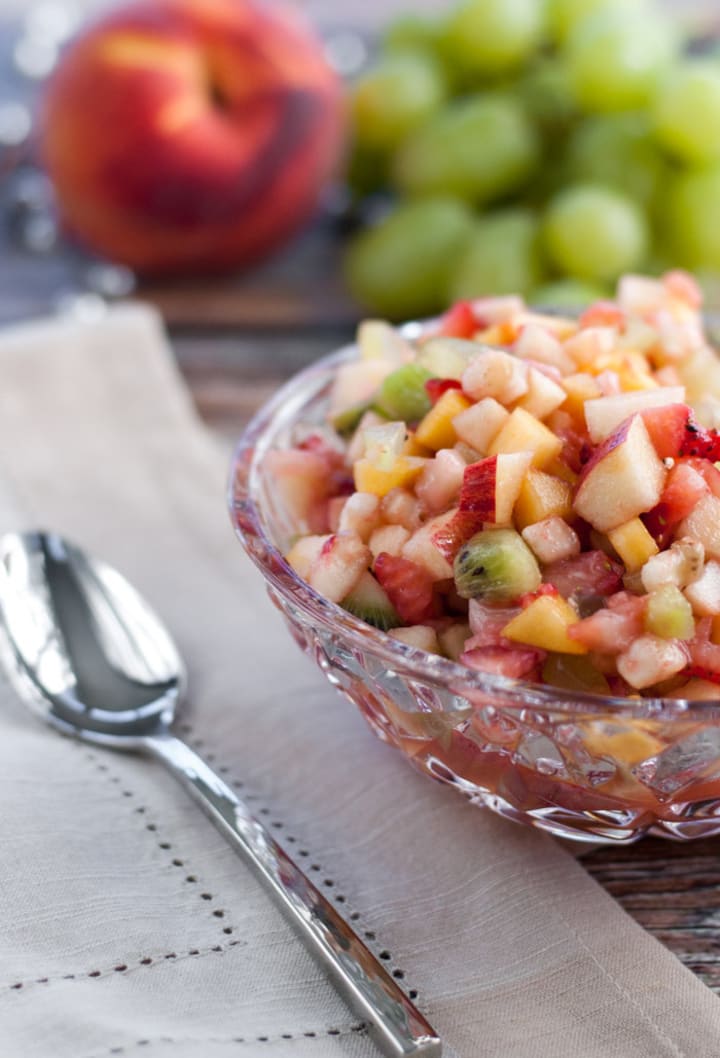
Every good bento will also have a small dessert section, especially if you're making one for a Japanese schoolkid. Good, kawaii fruit choices would include strawberries sliced into roses, starfruit slices, and maybe just a couple of grapes arranged in a silicone cup.
When you're packing them all in, make sure to pack them tightly.
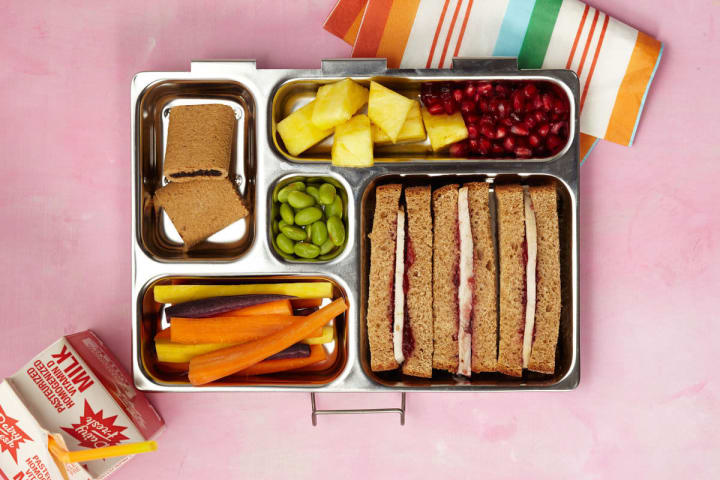
Veteran moms from Japan have quite a few pointers they can share with us. Aside from packing lunches tightly to avoid spillage and messed up goodies, the following tips can help make sure that your bento looks amazing when it's opened:
- Separate wet foods from dry ones. This is a major sticking point, because bentos don't look that great when they're soggy. When in doubt, put different foods in different bento sections, use dividers, and keep sauces in a separate bottle.
- If you're packing this for lunch, make the rice ahead of time. If you want to make sushi-style rice, make a point to add the rice vinegar, sugar and salt before you make rice balls with them.
- Food at room temperature tastes better with extra flavor. So, don't be afraid of adding extra seasoning to give it that zing if need be.
- Lastly, don't beat yourself up if it doesn't look like the ones you see on Pinterest. These things take practice - and time!
About the Creator
Ossiana Tepfenhart
Ossiana Tepfenhart is a writer based out of New Jersey. This is her work account. She loves gifts and tips, so if you like something, tip her!
Enjoyed the story? Support the Creator.
Subscribe for free to receive all their stories in your feed. You could also pledge your support or give them a one-off tip, letting them know you appreciate their work.






Comments
There are no comments for this story
Be the first to respond and start the conversation.